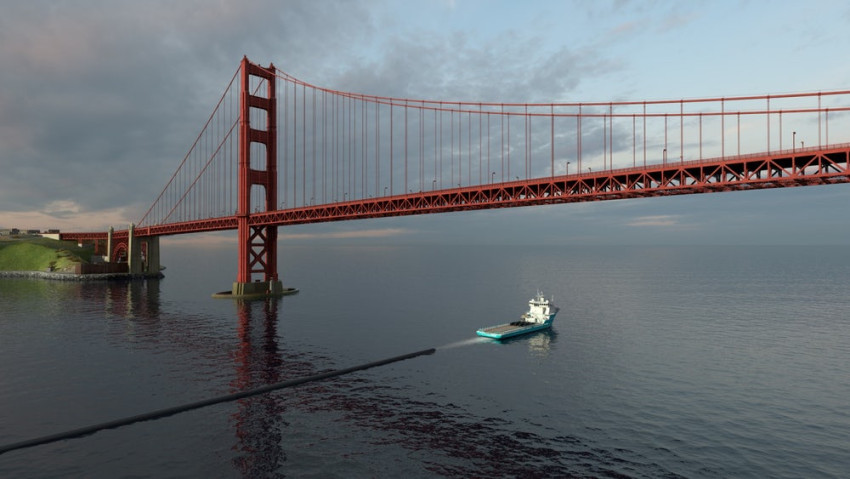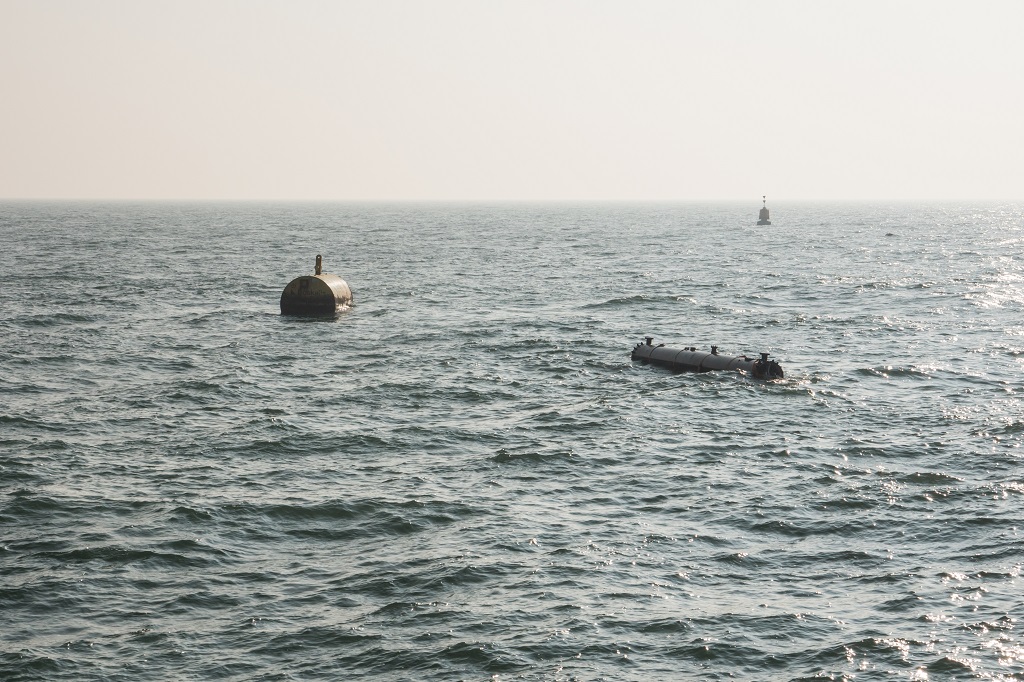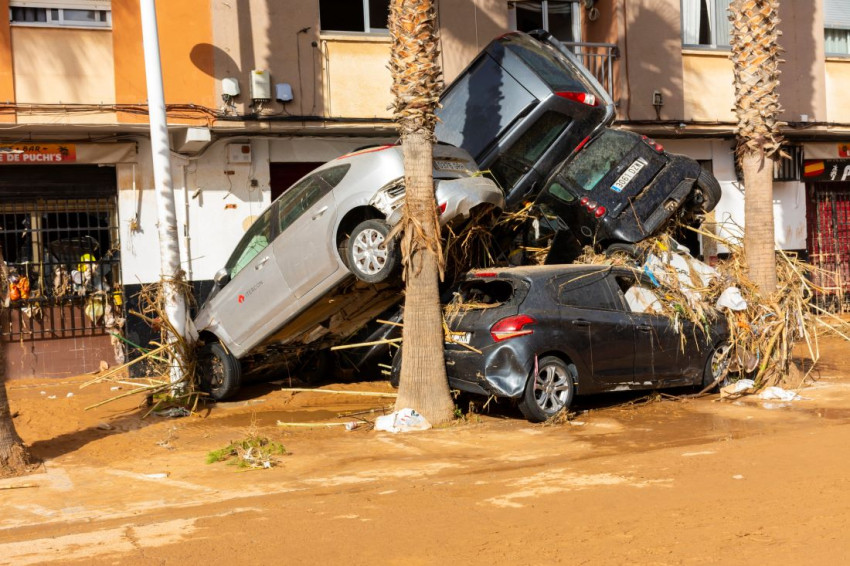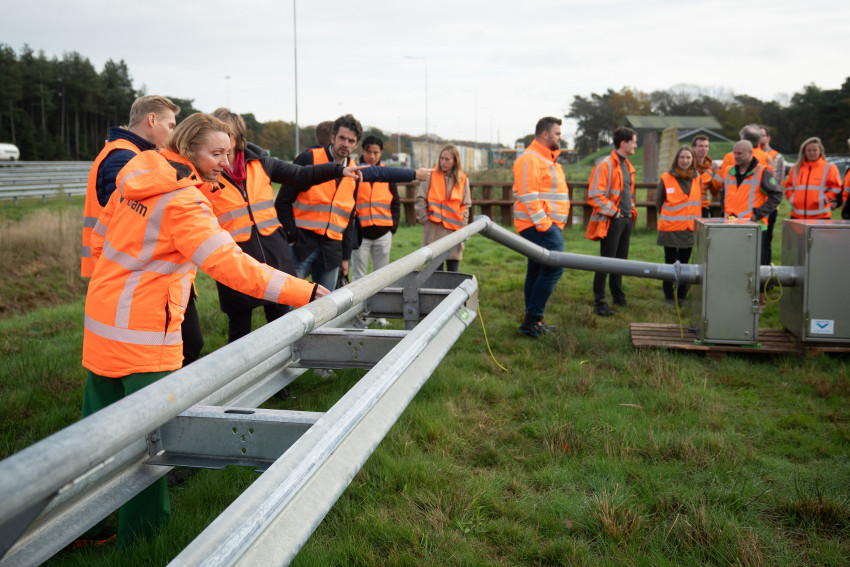
Cleanup of ocean plastic starts this summer
If all goes according to plan, the first plastic collector from The Ocean Cleanup will commence its journey in July from California to the Grand Pacific Garbage Patch. For a whole year, the U-shaped pipe is set to collect waste plastic there. Sensors on the system and the auxiliary ships around it will monitor the project's progress.
Over the coming week, The Ocean Cleanup will start putting the 600-metre-long unit together. This is being done by Boyan Slat in Alameda, close to San Francisco. Once the floating plastic collector is finished, a small tugboat will tow it 1000 nautical miles (1850 km) to the ocean current where large volumes of plastic have collected. The journey takes three weeks, as the towing process must be done with great care.
With this timetable, The Ocean Cleanup founder Slat fulfils a promise he made last year. At that time, he presented the organisation with an entirely new design to fish plastic out of the ocean, and Slat said that the first version of the new design would be floating in the plastic soup within the year.
Designs
'Over the last year, we have researched many details of the design,' explains Technology Manager Arjen Tjallema of The Ocean Cleanup on the phone. 'What we are making is still all very new, so you have to think carefully about everything you do. Which material should we use, how do you tow such a long pipe safely, how do you fasten the various parts to one another, and so on.'
Old design broke on the North Sea
The redesign that Boyan Slat announced last year was partly a response to an initial test that The Ocean Cleanup carried out in the North Sea. In that trial, the plastic collector arms were fixed to the seabed, and the entire device was subsequently torn apart by wild waves. Since it's not (economically) feasible to anchor the device at great depth to the ocean floor, the company took an entirely different route using floating anchors, which were actually under development during the first test. According to The Ocean Cleanup, the break up of the trial setup was part of the experiment, as they wanted to learn about the most extreme conditions in which the system could still work.
Based on the knowledge obtained during the North Sea test, the company feels confident enough to take the new design directly to the deep, distant ocean. Tjallema: 'We are now much more confident about the possible results and risks. We understand the behaviour of the waves much better and without the North Sea test, that wouldn't have been the case.'
The first system soon to depart for the ocean comprises a round float under which is suspended a three-metre deep screen. The screen is made of woven textile, which is a strong yet flexible material that will not ensnare any marine wildlife, according to The Ocean Cleanup. The loose sheets of textile are secured to one another and reinforced, so that they don't tear when they are in wild waves for a year. Floating anchors that run to a couple of hundred metres deep ensure that the floating screen slowly advances through the current of the garbage patch.

The idea is that the anchor slows the rate of flow enough that the plastic catches up with the U-shaped float and then gets caught in the underwater screens. In the first year, the team aims to test various ways of collecting the plastic.
Cameras and autonomous ships
The company aims to monitor the progress of their invention in three ways. Sensors on the float keep an eye on the distortion and the speed of the plastic collector. Cameras will also be used to estimate the volume of plastic collected. 'After all, it's difficult to predict exactly how much the float will collect, as it depends on many different factors.'
An autonomous ship will measure the wave frequency, and a manned ship will remain in the area in the first few months at least, for any repairs and to assess whether there is interaction between the barrier and sea life in the ocean.
After the test, Tjallema and his colleagues want to make changes to the design so that it works even better, with the aim of eventually entering mass production. The plan is to have some 60 units floating on the water by 2020.
If you found this article interesting, subscribe for free to our weekly newsletter!
Opening image: Erwin Zwart/The Ocean Cleanup







